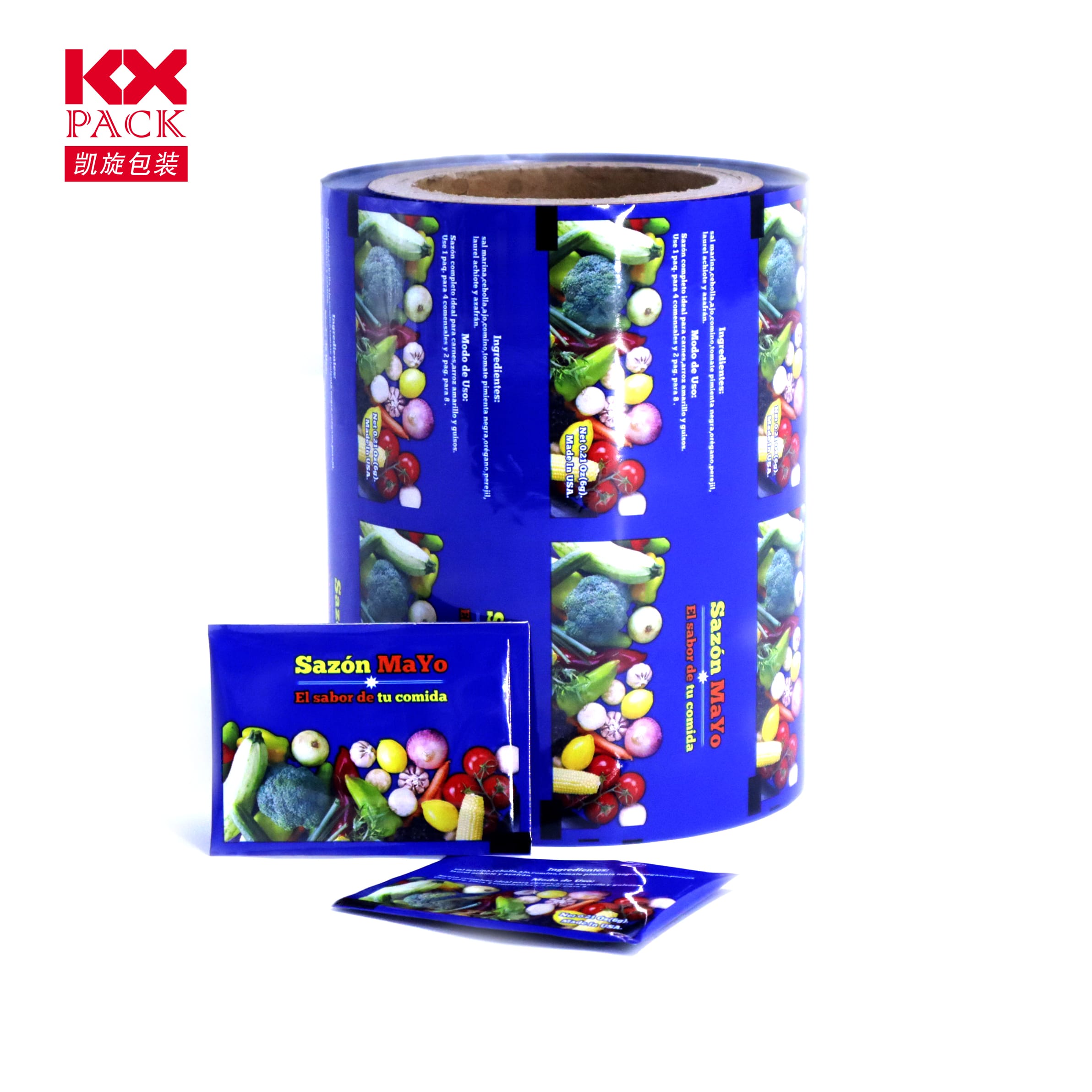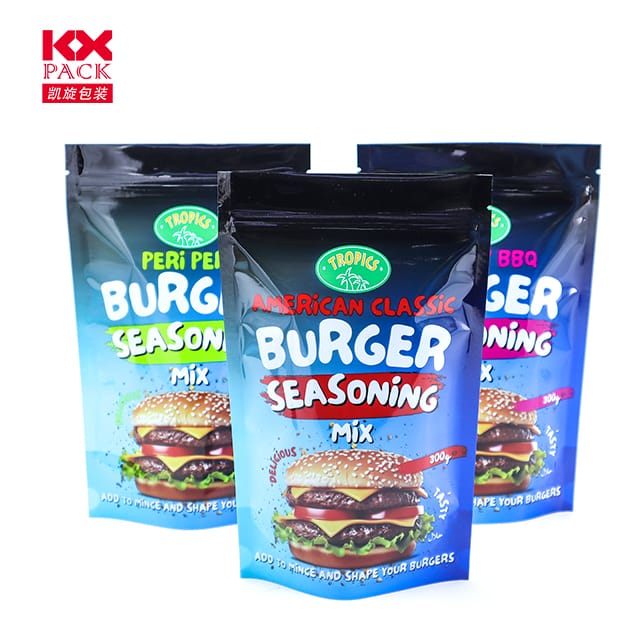Εύκαμπτη πλαστική μεμβράνη: The Future of Smart, Ανεκτός, and Versatile Packaging
Εύκαμπτη πλαστική μεμβράνη
Σε έναν κόσμο όπου ευκολία, βιότης, and brand differentiation are paramount, flexible plastic film packaging has emerged as a revolutionary solution. From food and pharmaceuticals to electronics and e-commerce, αυτό το ελαφρύ, adaptable material is reshaping how products are protected, παρουσιαζόμενος, και καταναλώθηκε. Let’s dive into why flexible plastic films are dominating the packaging industry—and how they’re evolving to meet tomorrow’s challenges.
Why Flexible Plastic Film Packaging? The Core Advantages
1. Ασύγκριτη ευελιξία
Flexible plastic films—such asΒόμβα (Πολυπροπυλενίου με διαξονικά προσανατολισμό), ΚΑΤΟΙΚΙΔΙΟ ΖΩΟ (Τερεφθαλικό πολυαιθυλένιο), and PE (Πολυαιθυλένιο)—can be engineered to meet diverse needs:
- Barrier Protection: Multi-layer films block oxygen, υγρασία, and UV light, Επέκταση της διάρκειας ζωής μέχρι έως και 50% for perishables like snacks and coffee.
- Formability: Thermoformable films mold precisely around products, reducing material waste compared to rigid packaging.
- Διαφάνεια & Εκτυπώσιμο: ΠΡΟΓΡΑΜΜΑΤΑ ΠΡΟΚΑΤΑΣΤΑΣΗΣ CLART FILMS, while high-definition printing options (Π.χ., Ευελιογραφία, digital, or gravure) enable vibrant branding without labels.
2. Sustainability in Focus
The global Εύκαμπτη πλαστική μεμβράνη market, εκτιμώ $341.6 δισεκατομμύρια 2028, is driven by eco-conscious innovations:
- Ανακυκλώσιμες ταινίες: Δομές μονο-υλικού (Π.χ., all-pe θήκες) are easier to recycle than traditional multi-layer laminates.
- Βιοαποικοδομήσιμες επιλογές: Ταινίες που κατασκευάστηκαν από PLA (Πολυξικό οξύ) ή Pha (Polyhydroxyalkanoates) decompose within 6–18 months under industrial composting.
- Ελαφριά βαρύτητα: Flexible films use 70% less plastic than rigid alternatives, cutting transportation emissions and material costs.
3. Αποδοτικότητα κόστους & Επεκτασιμότητα
- Production Speed: High-speed flexographic printing (μέχρι και 1,500 feet per minute) makes flexible films ideal for mass-market brands.
- Reduced Storage Costs: Rolls of film occupy 80% less space than pre-formed containers, optimizing warehouse efficiency.
- On-Demand Customization: Digital printing enables small-batch runs with zero setup costs, perfect for niche products or seasonal campaigns.
Βασικές εφαρμογές σε όλες τις βιομηχανίες
1. Τροφή & Ποτό
- Stand-Up πουγκί: Replacing cans and jars for soups, καρύδια, and pet food, these pouches use 60% less material and feature resealable zippers.
- Modified Atmosphere Packaging (ΧΑΡΤΗΣ): Films with oxygen scavengers preserve freshness for meats and produce.
- Retort Pouches: Sterilizable films withstand high temperatures, ensuring safety for ready-to-eat meals.
2. Φαρμακευτικά προϊόντα & Υγειονομική περίθαλψη
- Child-Resistant Pouches: Εύκαμπτη πλαστική μεμβράνη with tamper-evident seals meet safety regulations for medications.
- Cold-Form Blister Packs: Aluminum-laminated films protect light-sensitive drugs from degradation.
3. Ηλεκτρονικό εμπόριο & Logistics
- Air Cushion Films: Inflatable plastic films replace Styrofoam peanuts, reducing shipping damage by 90%.
- Anti-Static Films: Safeguard electronics from electrostatic discharge during transit.
Technological Innovations Driving the Market
1. Smart Packaging Integration
- NFC Tags & QR Codes: Embedded in films, these enable consumers to scan for product authenticity, recycling instructions, or promotional content.
- Δείκτες χρονικής θερμοκρασίας (Μπαμπάς): Color-changing labels on perishable goods alert retailers to spoilage risks.
2. Advanced Manufacturing Techniques
- Νανο-καλύμματα: Ultra-thin layers enhance barrier properties without adding weight.
- Laser Scoring: Precision cuts allow easy opening while maintaining package integrity during shipping.
3. Circular Economy Solutions
- Χημική ανακύκλωση: Breaks down mixed plastics into reusable monomers, enabling infinite recycling loops.
- Upcycling Initiatives: Εταιρείες σαν Dow και Κηλίδα are converting post-consumer films into new Εύκαμπτη πλαστική μεμβράνη υλικά.
Προκλήσεις & Future Trends
1. Recycling Infrastructure Gaps
Only14% of flexible packaging is recycled globally, largely due to contamination and lack of collection systems. Solutions include:
- Standardized Labeling: Clear recycling instructions to educate consumers.
- Deposit Return Schemes (DRS): Incentivizing returns of used films.
2. Κανονιστικές πιέσεις
Οι κυβερνήσεις επιβάλλουν αυστηρότερους κανόνες για τα πλαστικά μιας χρήσης. Για παράδειγμα, οΟδηγία πλαστικής μιας χρήσης της ΕΕ bans non-recyclable films by 2030.
3. The Rise of Bio-Based Alternatives
By 2030,30% of flexible films are expected to be plant-derived, reducing reliance on fossil fuels.
συμπέρασμα: Flexibility Is the Future
Flexible plastic film packaging isn’t just a trend—it’s a strategic imperative for brands aiming to balance performance, βιότης, and cost. As innovations likesmart sensors, λιπασματοποιήσιμα υλικά, and closed-loop recycling gain traction, the possibilities are endless.
Για τις επιχειρήσεις: Embrace flexibility by partnering with suppliers who prioritize circular design and transparent sustainability reporting.
For consumers: Look for brands using recyclable or compostable films, and recycle properly to close the loop.
The packaging revolution is here—and it’s flexible. 🌱✨
What’s your favorite example of innovative flexible packaging? Μοιραστείτε τις σκέψεις σας παρακάτω!






